ANTD.VN - The Ministry of Finance has just completed the revised Law on Value Added Tax to remove inadequacies and overlaps in the value added tax legal system.
The Ministry of Finance said that the Law on Value Added Tax No. 13/2008/QH12 has been amended many times, in addition to the results achieved. However, in the process of socio-economic development and international economic integration, due to the rapid fluctuations of the world economy and politics in general and the Vietnamese economy in particular, the implementation of the value added tax (VAT) policy has also revealed some shortcomings and limitations.
In particular, the number of groups of goods and services that are not subject to tax is still large (26 groups) and input VAT is not deductible, increasing production costs of enterprises and increasing selling prices, affecting enterprises in the supply chain.
The application of tax rates (currently including 3 rates: 0%, 5% and 10%) to groups of goods is still not suitable. There are still many subjects subject to VAT with a tax rate of 5% (14 groups of goods and services), which is not suitable with the direction of reforming the tax system, moving towards applying a common tax rate.
Determining tax rates for some goods based on their intended use causes confusion for both tax authorities and taxpayers.
For sales revenue of goods and services not subject to VAT with a level of 100 million VND or less/year, it is necessary to study and adjust to suit price fluctuations and a number of other factors to suit the socio-economic context.
 |
Ministry of Finance announces draft Law on Value Added Tax (amended) |
In addition, the regulations on VAT calculation prices for real estate business activities are also understood differently by taxpayers and tax authorities. At the same time, the regulations on input VAT deduction need to be more stringent to help prevent fraud in VAT deduction and refund, and prevent budget loss.
The Ministry of Finance also believes that it is necessary to study and supplement regulations on VAT refunds for enterprises producing and supplying goods and services subject to 5% VAT, whose input is mainly subject to a 10% tax rate; study and amend regulations on tax refunds for investment projects to handle problems arising in practice and create conditions for enterprises to invest and innovate technology, thereby increasing labor productivity and increasing the competitiveness of enterprises.
Therefore, it is necessary to promulgate the Law on VAT (amended) to perfect the regulations on VAT policy to cover all revenue sources, expand the revenue base; ensure transparency, ease of understanding, and ease of implementation of the Law to contribute to improving the capacity and effectiveness of tax management activities in preventing and combating tax evasion, tax losses and tax debts; ensure the correct and sufficient collection of revenue for the State budget, and ensure the stability of State budget revenue.
At the same time, overcome the difficulties arising in the implementation of the VAT Law in recent times; remove inadequacies and overlaps in the VAT law system and ensure consistency and synchronization with related laws; ensure feasibility, transparency and convenience for implementation, and open up and promote resources for socio-economic development. Amend and supplement regulations to conform to international tax reform trends.
The draft Law on VAT (amended) also innovates the contents and provisions in the direction of increasing regulations, legalizing regulations that have been stably implemented in sub-law documents to reform administrative procedures; reform tax management procedures in the direction of simplicity, clarity, transparency, convenience, consistency, policy stability, implementing electronic tax management, protecting taxpayers' rights, creating a favorable environment for taxpayers to comply with tax laws, voluntarily paying taxes correctly, fully and promptly to the State budget.
The revised Law on Value Added Tax is basically inherited from the current Law but has been adjusted and supplemented to be consistent with policy content.
Accordingly, the draft Law: Maintains the content of the provisions in 05 Articles of the current VAT Law including: Scope of regulation (Article 1); Value added tax (Article 2); Taxable subjects (Article 3); Tax basis (Article 6); Tax calculation method (Article 9).
At the same time, remove 01 Article of the current Law on Value Added Tax regulating invoices and documents (Article 14).
Amending and supplementing the contents stipulated in 10 Articles of the current Law on VAT, including: Taxpayers (Article 4); Non-taxable entities (Article 5); Taxable price (Article 7); Tax rate (Article 8); Tax deduction method (Article 10); Direct calculation method on VAT (Article 11); Input VAT deduction (Article 12); Cases of tax refund (Article 13); Effective date (Article 15); Implementation organization (Article 16).
Add 01 Article regulating the time of determining value added tax.
Source link



![[Photo] Overcoming all difficulties, speeding up construction progress of Hoa Binh Hydropower Plant Expansion Project](https://vstatic.vietnam.vn/vietnam/resource/IMAGE/2025/4/12/bff04b551e98484c84d74c8faa3526e0)
![[Photo] Closing of the 11th Conference of the 13th Central Committee of the Communist Party of Vietnam](https://vstatic.vietnam.vn/vietnam/resource/IMAGE/2025/4/12/114b57fe6e9b4814a5ddfacf6dfe5b7f)




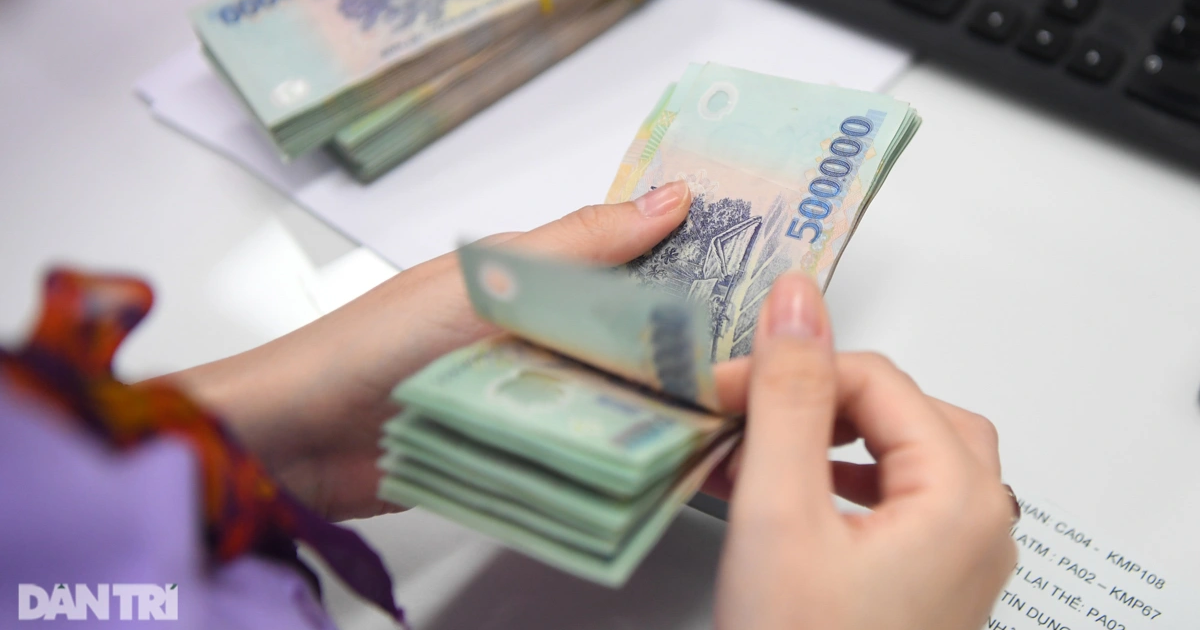

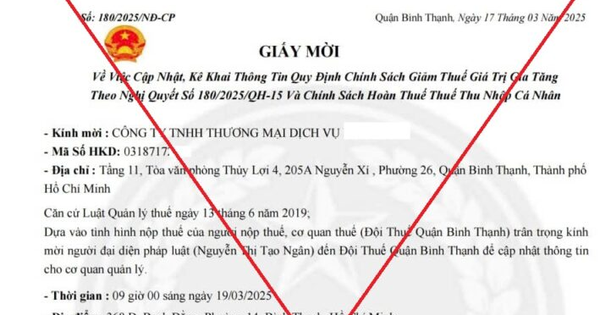

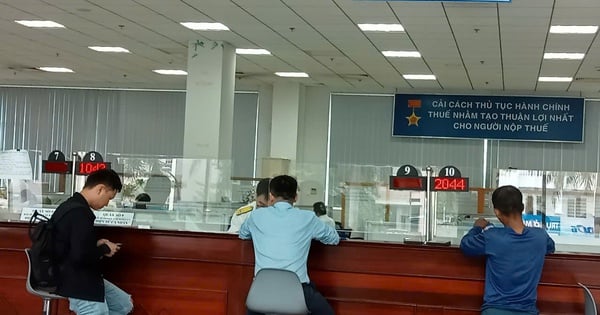


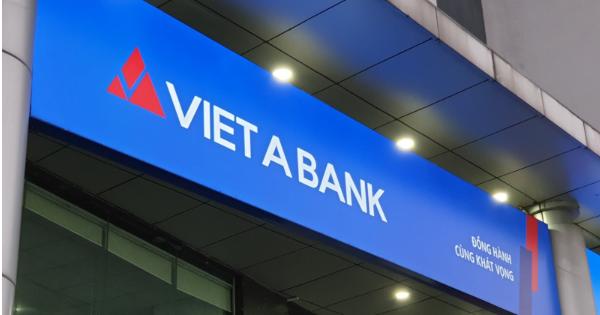



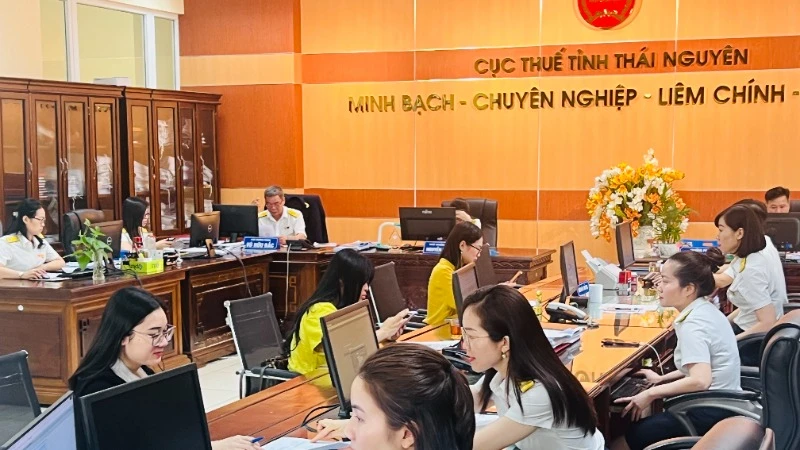
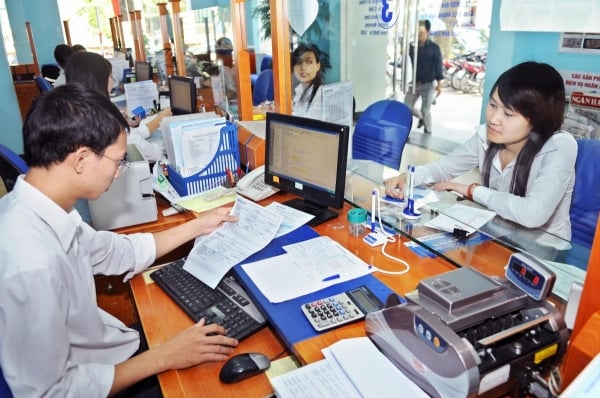






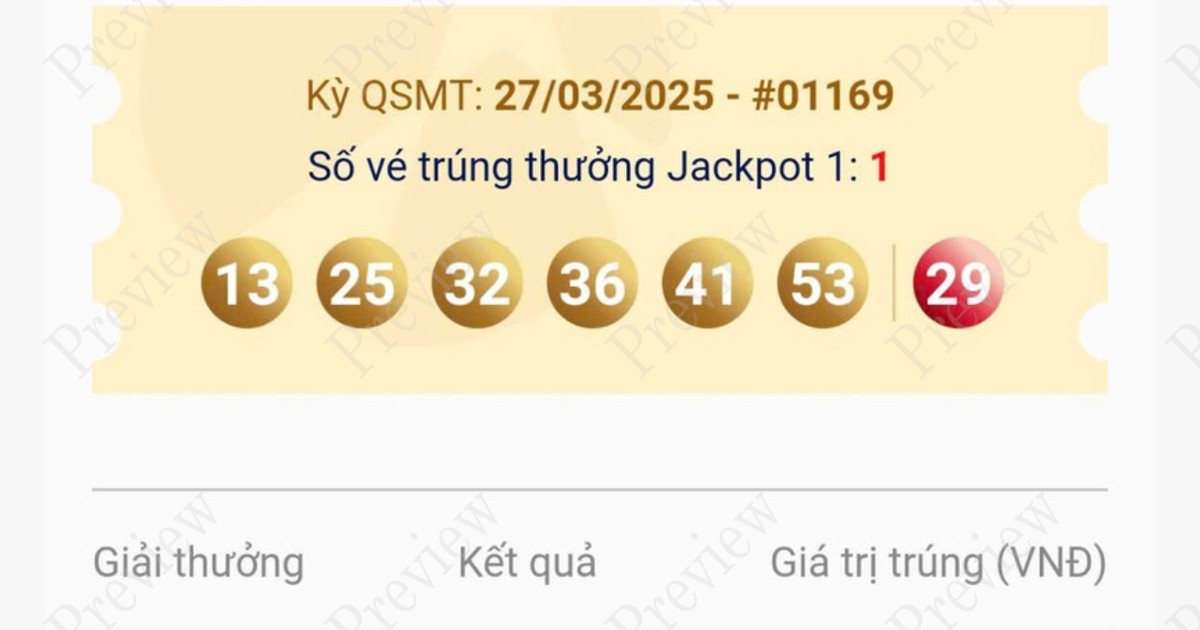

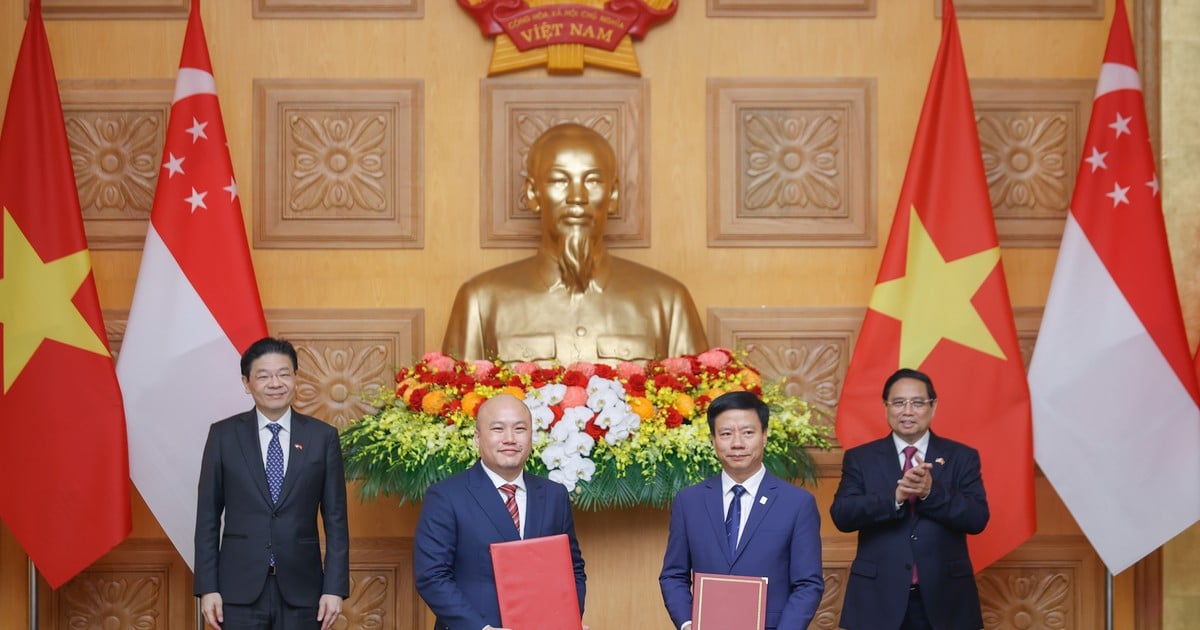














































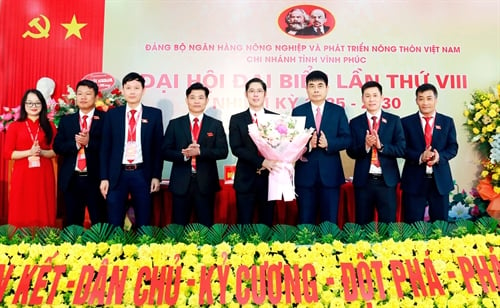



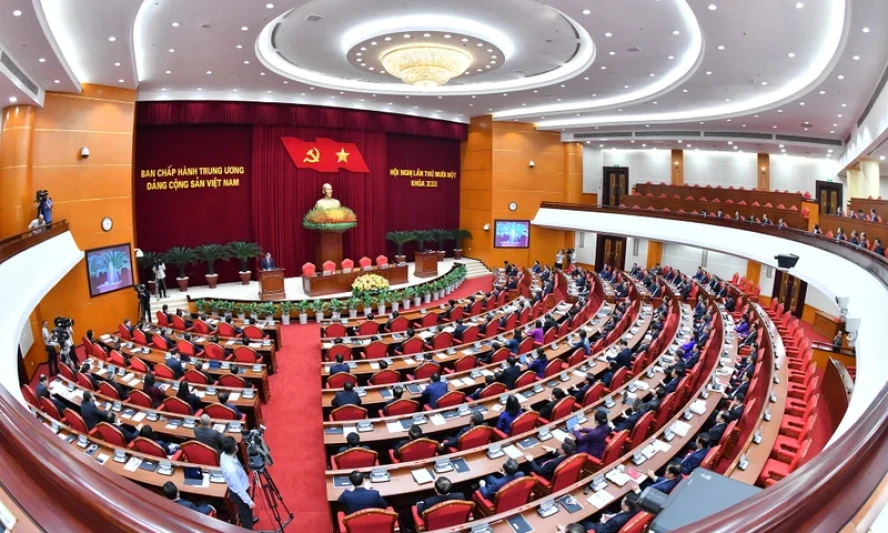











Comment (0)